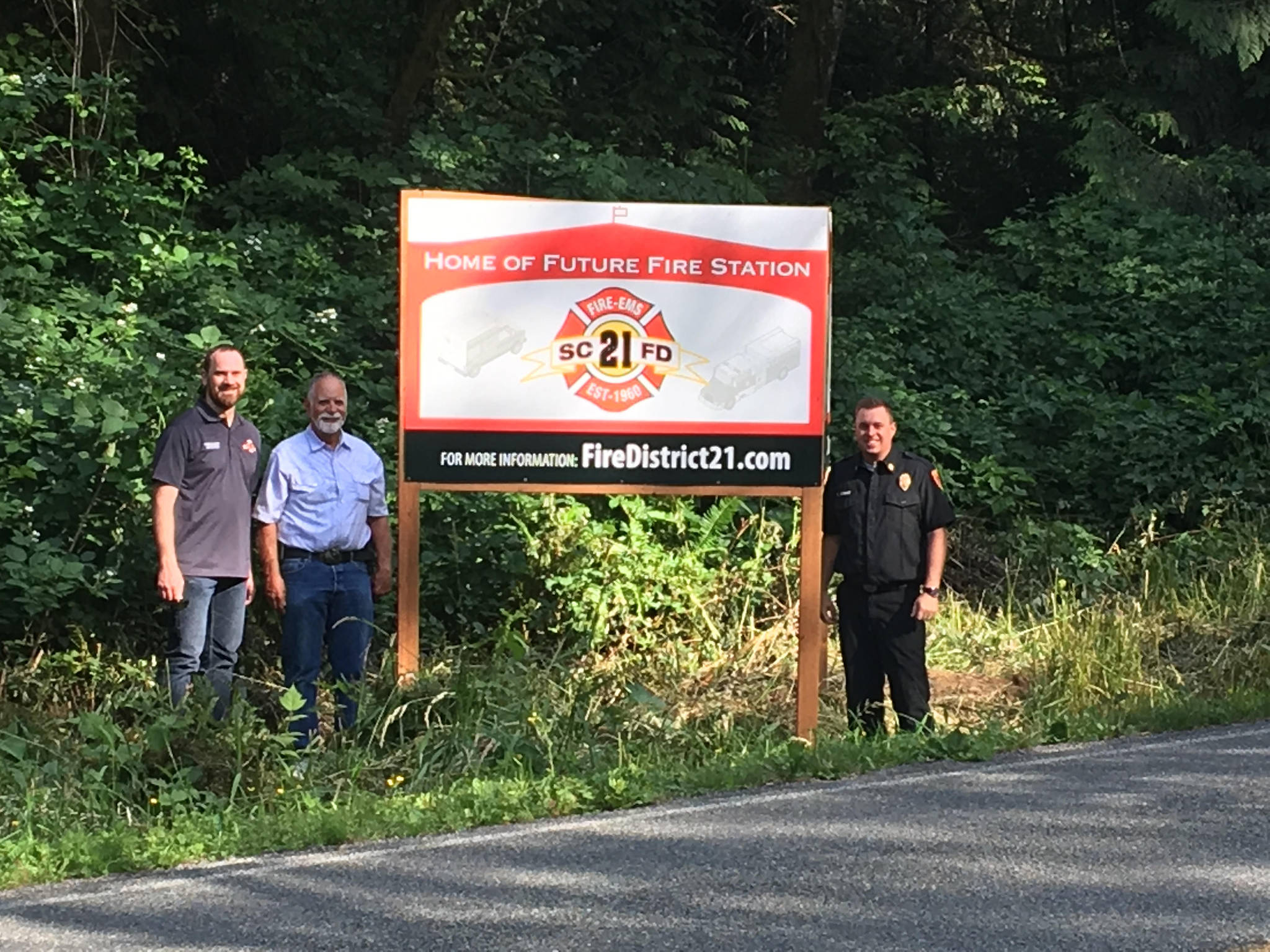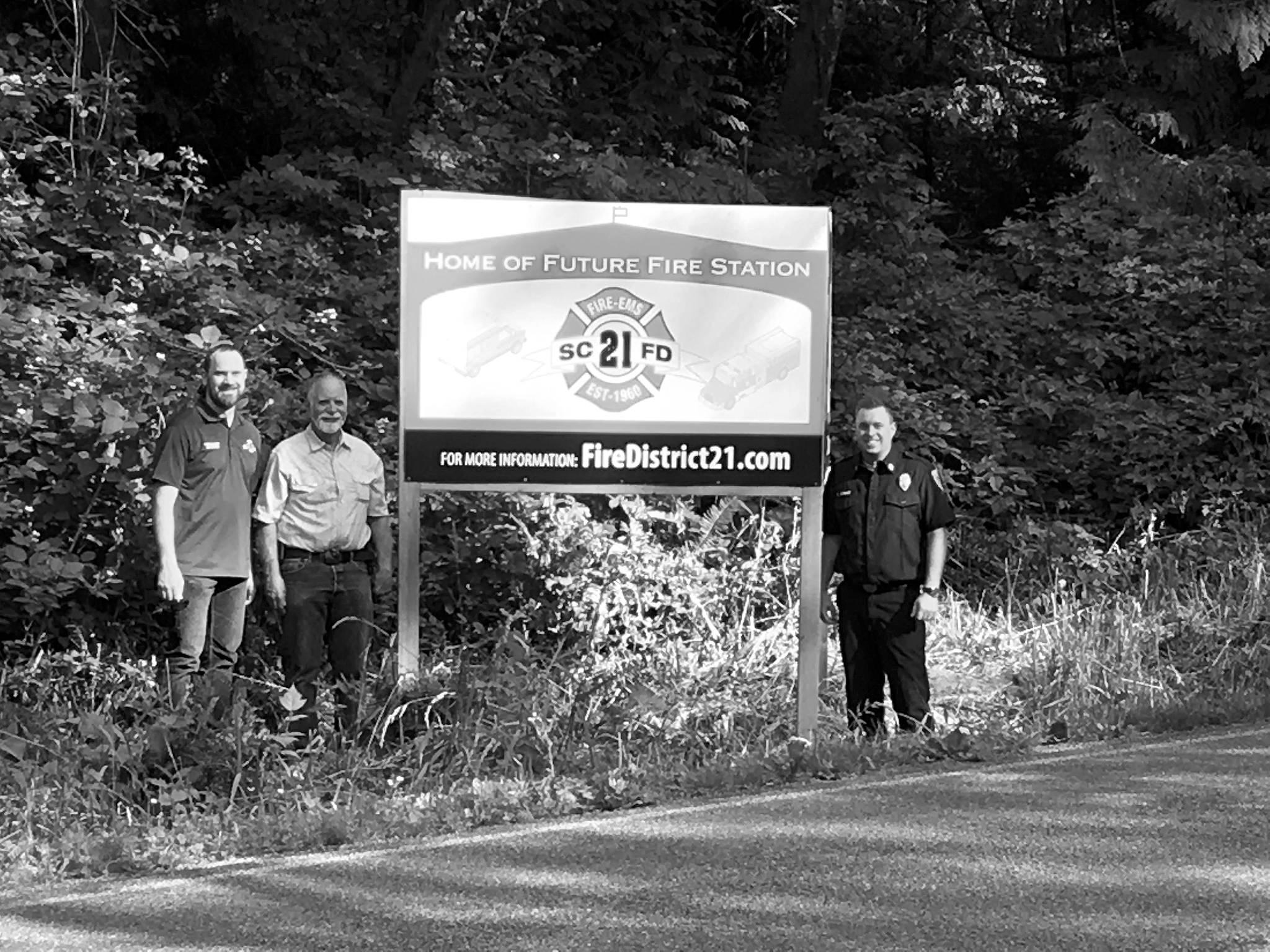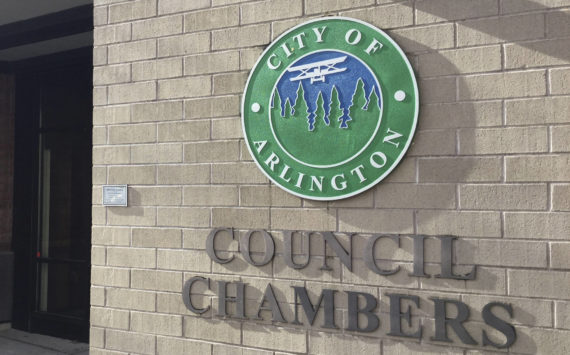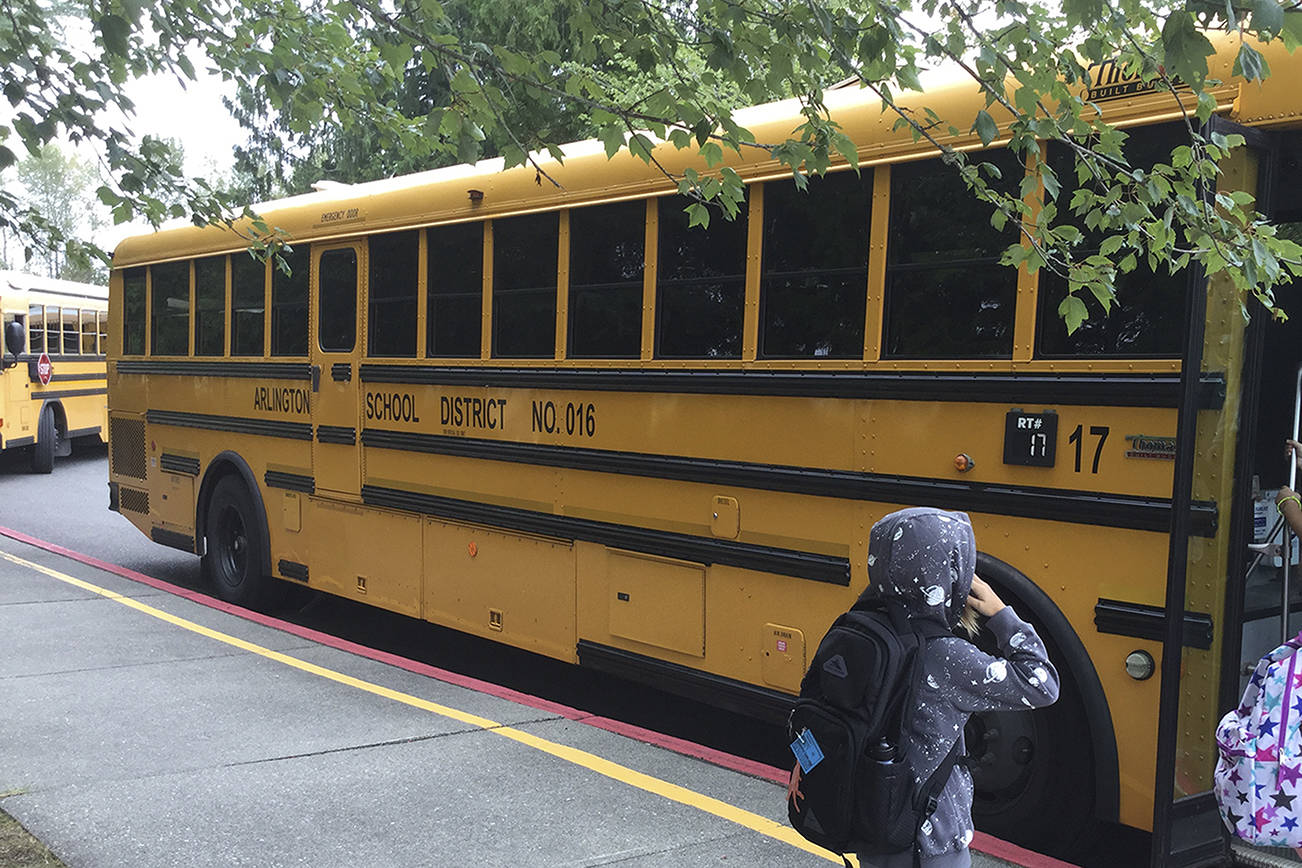ARLINGTON – Snohomish County Fire District 21 is going to rural Arlington voters on the Aug. 7 primary election seeking a lift in property taxes for its fire levy, a rate that hasn’t changed since the district formed in 1960.
The three-member fire commission is asking voters to raise the levy from 50 cents to $1.30 per $1,000 of assessed property value. The lift would cost the owner of a $350,000 home an extra $23.30 per month, or $280 more per year, for a total of $455 a year.
The additional revenue would be used to build a new fire station on McElroy Road in Arlington to cut response times by as much as half, and remodel Arlington Heights so that both stations would contain living quarters with round-the-clock staffing.
“This levy and new station would have a huge impact on a lot of Arlington residents,” Fire Chief Chad Schmidt said.
The levy change requires a simple majority for passage. Ballots are in the mail for the primary election.
District 21 covers 70 square miles of the Stillaguamish Valley surrounding Arlington, with the river separating the service area into north and south sections. The county’s second-largest rural district serves 9,000 citizens from its Arlington Heights station, and contracts with the Arlington Fire Department to cover the south area. They also contract with Arlington Fire for paramedic service districtwide.
District 21 crews responded to over 985 calls in 2017, with about 70 percent of them for emergency medical services and transport.
Schmidt added that calls overall have increased 35 percent over the last five years, and current revenue sources and reserves are at unsustainable levels. A seven-year financial plan is in place to ensure proper funding and planning for growth, factoring in the levy.
Schmidt said that the district has taken on some of its own basic life support services. With 400 additional homes being built in their service area in the next couple of years, rising opiate overdoses and a larger homeless population, they expect to be asked to do more.
The District 21 fire levy is the second lowest in the county. Schmidt said voters renewed an EMS levy in 2012 at 50 cents per $1,000 assessed value, which is currently at 41 cents.
A citizens advisory group composed of 12 members joined fire district commissioners and staff for 18 months of research and financial analysis, sharing opinions and solutions for the safest and most efficient way to address increasing service demand. They looked at options ranging from continuing contracts with the Arlington Fire Department, joining a Regional Fire Authority and serving citizens with their own personnel and resources.
“The citizens came together, and they have been a voice for our community,” Schmidt said. “They dedicated a lot of time to help us work things out, and get through the reasons why we need to do this now.”
The committee agreed to set the rate at $1.30 per $1,000 assessed value. By state law, the district could ask for $1.50 per $1,000 assessed value, but believed the former number would meet service goals.
An RFA could be beneficial to taxpayers at some point, Schmidt saud, “But we realized to get the ball rolling, staffing ourselves is the most fiscally responsible route to take.”
In previous decades, the fire district and residents’ approach to fire and emergency response was “based on trying to do a lot with a little, but that was ultimately setting the stage for a giant jump,” Schmidt said.
The biggest misconception that Schmidt has had to clear up is that although the area is growing by leaps and bounds in population and economic gain, property taxes are pegged at 1 percent annually no matter what. The fire district is limited to a 1 percent revenue increase per year.








